CHINA — The owners of a decaying historic dam on Branch Mills Road have reached an agreement with multiple state agencies and the town to fix the 200-year-old dam and attached mill.
Branch Pond Mill, also known as the Dinsmore Dam, was bought by Christine and Steven Coombs more than a decade ago. The Coombses, who live in New Hampshire, have previously said that they originally planned to turn the mill and dam into an educational museum.
But repairing the dam wasn’t possible, they had said, because of water level orders issued by the Maine Department of Environmental Protection in 2014 at the request of campers.
The Coombses have now come to an agreement with the DEP and Maine Emergency Management Agency. The parties have set tentative deadlines for repairing parts of the mill and dam, according to MEMA Director Bruce Fitzgerald. Town Manager Dan L’Heureux said he doesn’t think the town will have to seize the mill or demolish it.
The couple said they would no longer comment on the issue.
The Branch Pond Dam was built in 1817, and the mill was added in 1914, according to a past dam safety report.
In 1979, the mill was listed on the National Register of Historic Places.
Since the Coombses bought the mill and dam in 2003, they have upgraded the earthen dikes, repaired sluice gates and installed a storm drainage system as well as a cribwork structure.
In 2014, before the agreement with the DEP and MEMA, state dam inspector Tony Fletcher found that the dam was a significant potential hazard.
This past January, Fletcher recommended that MEMA enforce a dam safety order requiring the Coombses to make repairs. If repairs weren’t made by an April 1 deadline, the order, which was not finalized, said the state could enter or seize the dam to protect life and property.
The code enforcement officer in China also told the couple in January that the town was considering getting a court order to condemn the mill and possibly demolish it. The town considered it a threat to public safety and wanted the Coombses to submit a repair plan.
The Coombses argued that the DEP water level order was prohibiting them from starting repair work.
On March 3, the state held a dam safety review conference in Augusta. The Coombses did not attend because of confusion about the location, according to email documents, but submitted a response to the conference discussion afterward, saying, “The water level order is the danger, not the dam.”
The DEP said that the dam has to be repaired and then it will be operational at that water level. The order allows the water level to be lowered for precipitation and repair and maintenance reasons.
In late April, Fitzgerald emailed the Coombses to tell them that they could lower the water level if they sent a letter of intent to the Department of Environmental Protection.
Fitzgerald also recommended that the parties involved in the issue sign a consent agreement as opposed to a dam safety order, as this would allow the Coombses to be “a participating partner in this process” rather than just taking orders. The Maine Department of Defense, Veterans and Emergency Management, the DEP and the Coombses signed that agreement.
The DEP issued a permit by rule to the Coombses on May 10 to lower the water level of the dam so they could make repairs, according to emails released to the Morning Sentinel. They have seven months from that date to work on the repairs. After that, they have to increase the water levels again. The town of China also issued a building permit to the couple so they can repair the mill building.
So far, the Coombses have repaired a sluice gate in the dam. The next step is to prop up the mill and level it. The tentative date to finish this part of the project is Aug. 15, Fitzgerald said on the phone Wednesday.
“It’s complicated work,” he said.
The water level has to be lowered for this work because the Coombses have to pour concrete into the footings of the posts for the building, which the water would normally run over. If the water was to run over the concrete, it could cause environmental problems.
MEMA first started requesting that the dam be repaired more than two years ago. The building was falling down and some sluice gates at the bottom of the dam were blocked, creating the potential for water overflow that could breach the dam, said Mark Hyland, operations and response director for MEMA.
Once the building is stabilized, the next step is to repair the sluice gates by the pond. One gate is not broken but can’t operate because the other two need to be repaired. Together they control the lake level.
Fitzgerald said he would like the repairs to be done by the end of the year, but it’s difficult work so the deadlines are flexible.
“We’re just glad to have the work underway,” Hyland said.
Madeline St. Amour – 861-9239
mstamour@centralmaine.com
Twitter: @madelinestamour
Send questions/comments to the editors.


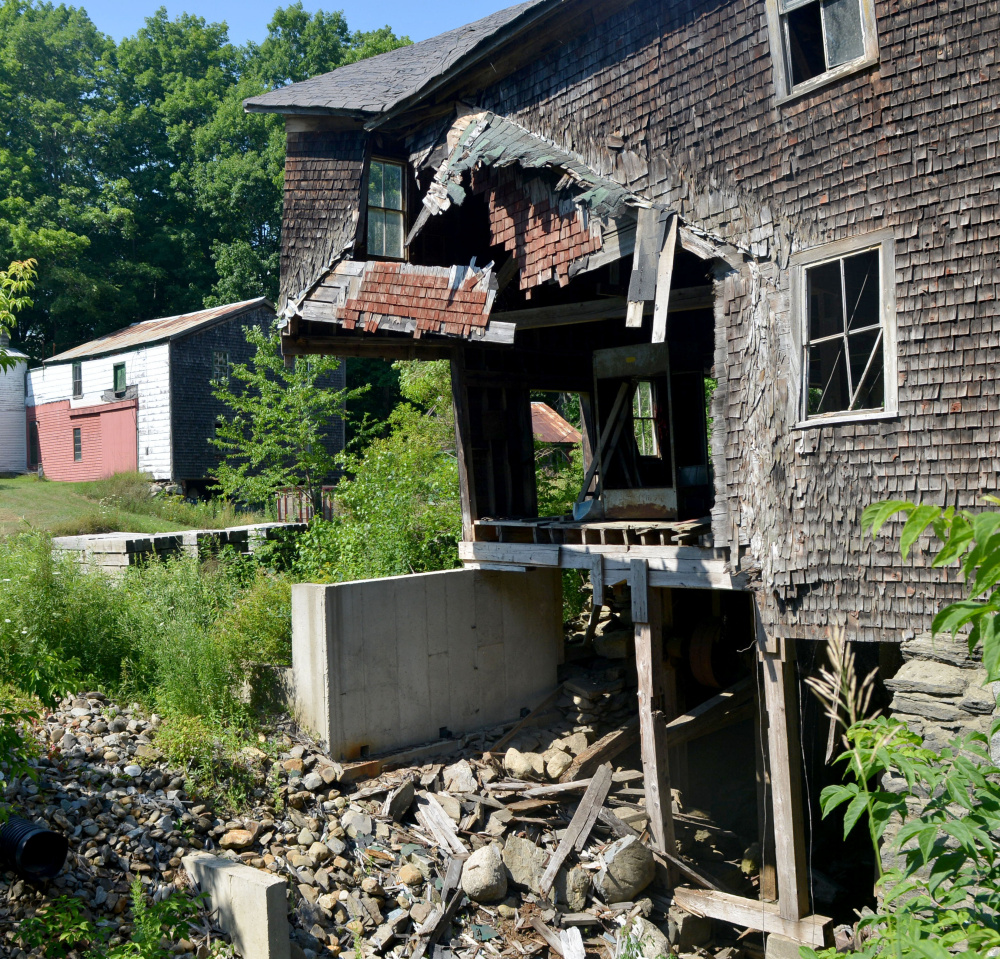
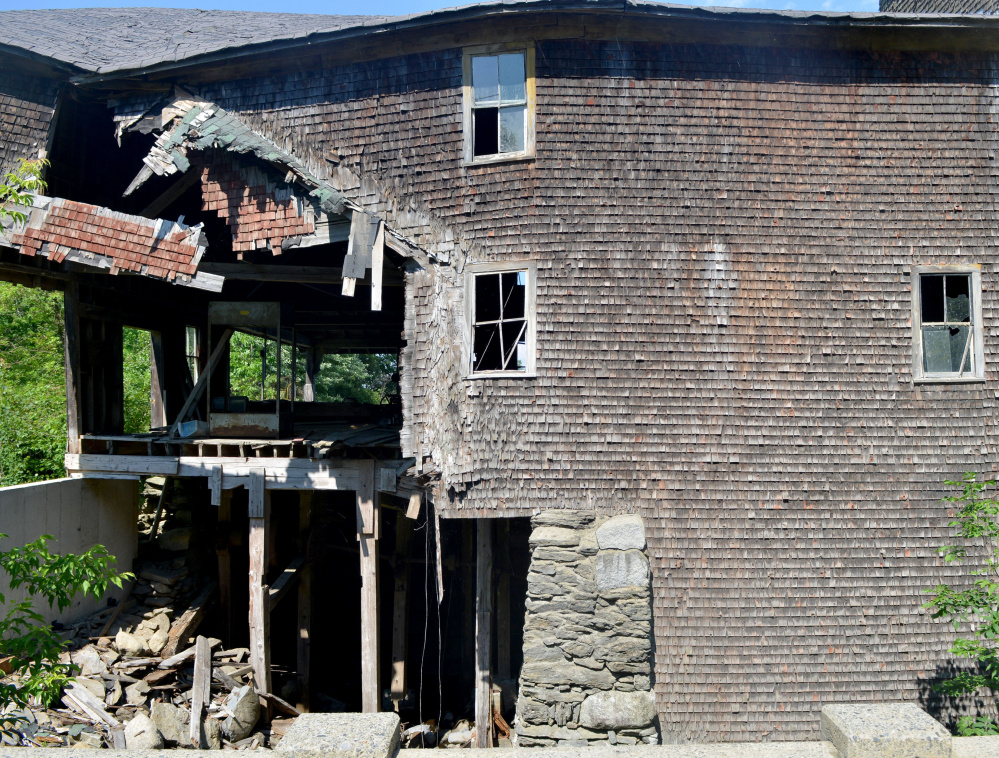
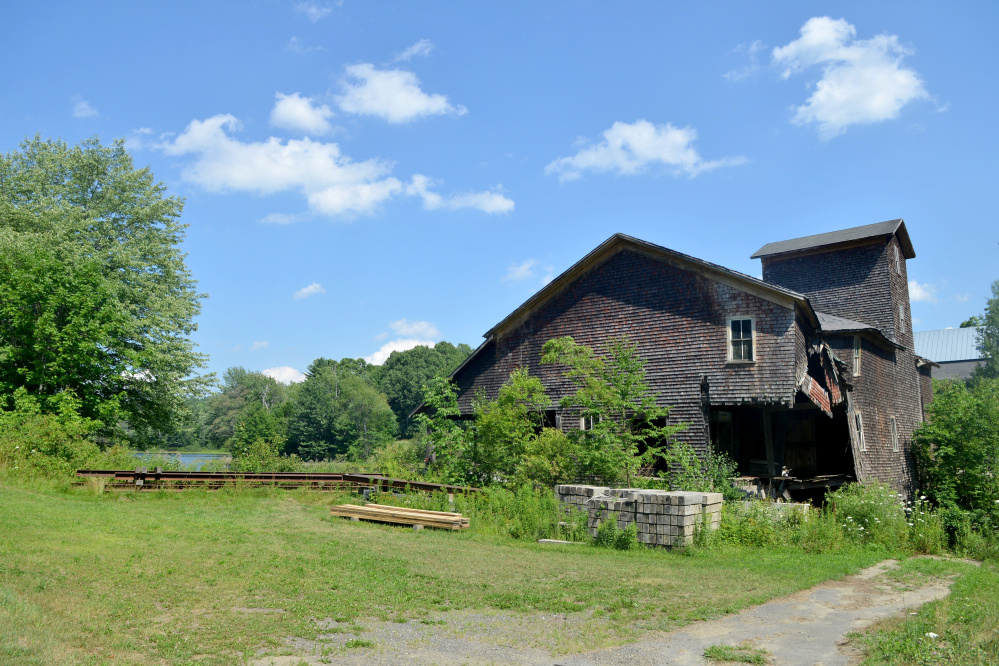
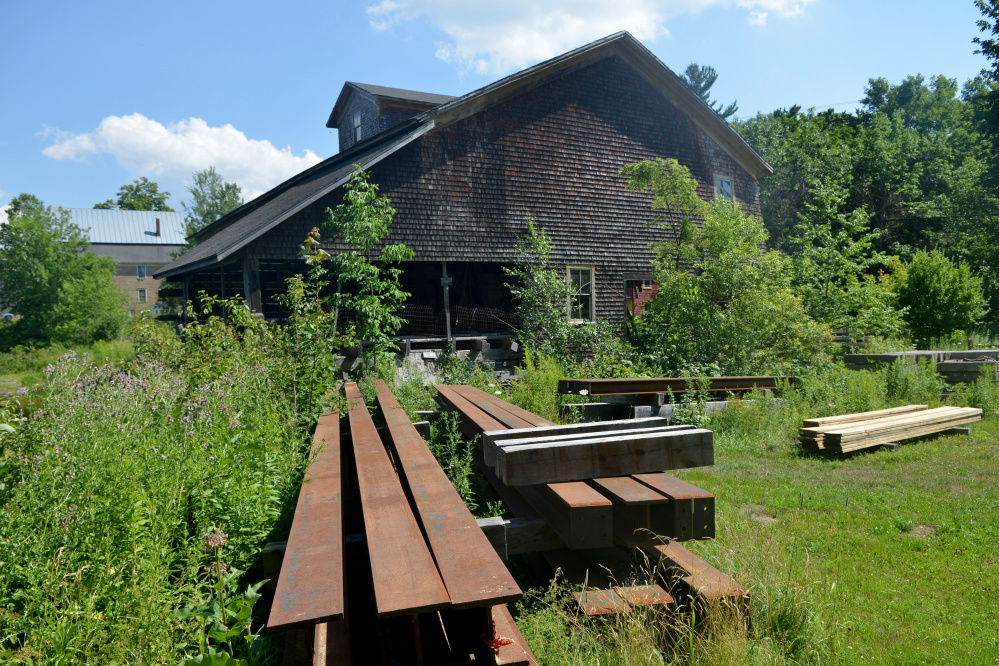
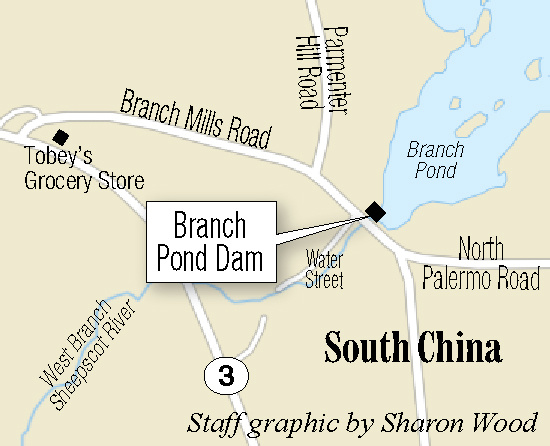

Comments are no longer available on this story